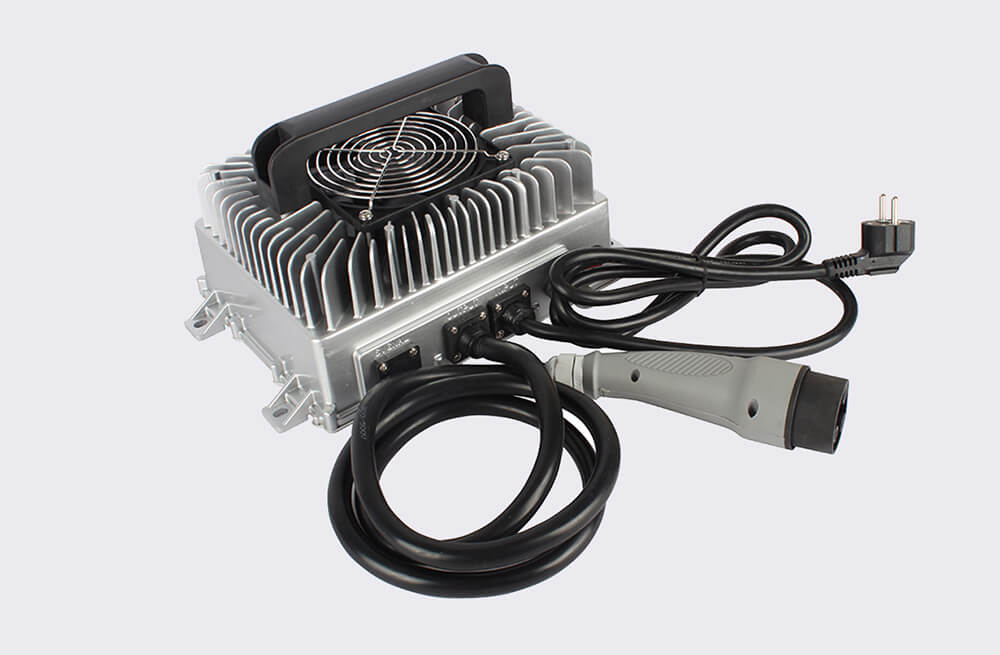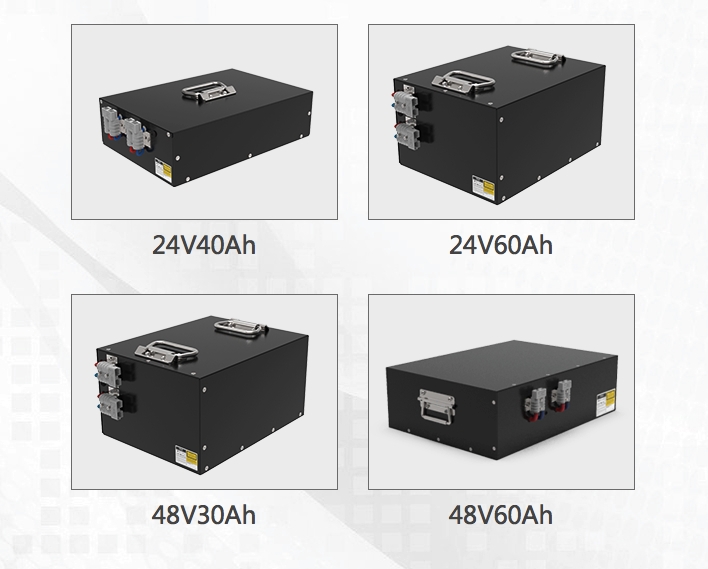- 17
- Nov
Echnical summary of lithium battery fast charging
Nowadays, smart phones with 8-core processors, 3GB RAM and 2K screens are very common, and it can be said that they have been able to cope with the challenges of hardware and personal computers. But there is one ingredient that has been developing very slowly, that is, batteries. It only takes a few years to go from lithium to lithium polymer. Batteries have become a bottleneck for the further expansion of smart phones.


It is not that mobile phone manufacturers have not noticed the battery problem, but they are trapped by battery technology, which has been trapped for many years. Unless creative new technologies emerge, they cannot solve the root of the problem. Most mobile phone manufacturers have taken the opposite approach. Some companies even widen and thicken batteries to obtain higher capacity. Some people have enough imagination to apply solar technology to mobile phones. Some people are promoting wireless charging technology; some are developing outer-shell batteries and mobile power supplies; some are trying to participate in energy-saving modes at the software level, and so on. But such measures are unlikely.
At MWC2015, Samsung released the latest flagship product GalaxyS6/S6Edge, which uses Samsung’s own super charging technology. According to official data, a 10-minute fast charge can support two hours of video playback. Generally speaking, watching two hours of video will consume about 25-30% of the lithium battery, which means that charging for 10 minutes will consume about 30% of the battery. This turns our attention to fast charging technology, which may be the core of solving battery problems.
There are many ways to deal with it
Fast charging technology is not new
The supercharge function of Galaxy S6 sounds good, but it is not a new technology. As early as the MP3 era, fast charging technology has appeared and is widely used. Sony’s MP3 player can last for 90 minutes on a 3-minute charge. Fast charging technology was later adopted by mobile phone manufacturers. But as mobile phones become more and more complex, they need to pay more attention to charging safety.
At the beginning of 2013, Qualcomm introduced the fast charging 1.0 technology, which is the first relatively standard fast charging technology in mobile phone products. There are rumors that the charging speed of this phone will be 40% faster than the old phones, when Motorola, Sony, LG, Huawei and many other manufacturers were also using old phones. However, due to the immature technology, QuickCharge1.0’s response in the market is relatively weak.
The current mainstream fast charging technology
1. Qualcomm Quick Charge 2.0
Compared with the latest Quick Charge 1.0, the new standard increases the charging voltage from 5 v to 9 v (maximum 12 v) and the charging current from 1 to 1.6 (maximum 3), three times the output power through high voltage and high current.QuickCharge2 .0 can charge 60% of the 3300mAh battery of the smartphone in 30 minutes, according to Qualcomm official data.
2. MediaTek Pump Express
MediaTek’s fast charging technology has two specifications: PumpExpress, which provides an output of less than 10W (5V) for fast DC chargers, and PumpExpressPlus, which provides an output of more than 15W (up to 12V). The charging voltage of the constant current section can be adjusted according to the change of the current on the VBUS, and the maximum charging speed is 45% faster than the traditional charger.
3.OPPOVOOC flash
Vooocflash charging technology was launched together with OPPOFind7. Different from Qualcomm QC2.0 high voltage and high current mode, VOOC adopts step-down current mode. The 5V standard charging head can output 4.5a charging current, which is 4 times faster than normal charging. The important principle of completion is the choice of 8-contact battery and 7-pin data interface. Mobile phones usually use a 4-contact battery and a 5-pin data interface, in addition to 4 contacts and a 2-pin VOOC service. The 2800mAh Find7 can recover from zero to 75% in 30 minutes.
QC2.0 is easy to promote, VOOC is more efficient
Finally, three fast charging technologies are summarized. Due to processor integration and high market share of Qualcomm processors, Qualcomm Quick Charge 2.0 is easier to use than the other two models. At present, there are few products that use MediaTek pump speed, and the cost is lower than that of Qualcomm, but the stability needs to be verified. VOOC flash charging is the fastest charging speed among the three technologies, and the low-voltage mode is safer. The disadvantage is that it is now only used for our own products. There are rumors that OPPO will launch the second-generation Flash charging technology this year. I want to know if it can be improved.
